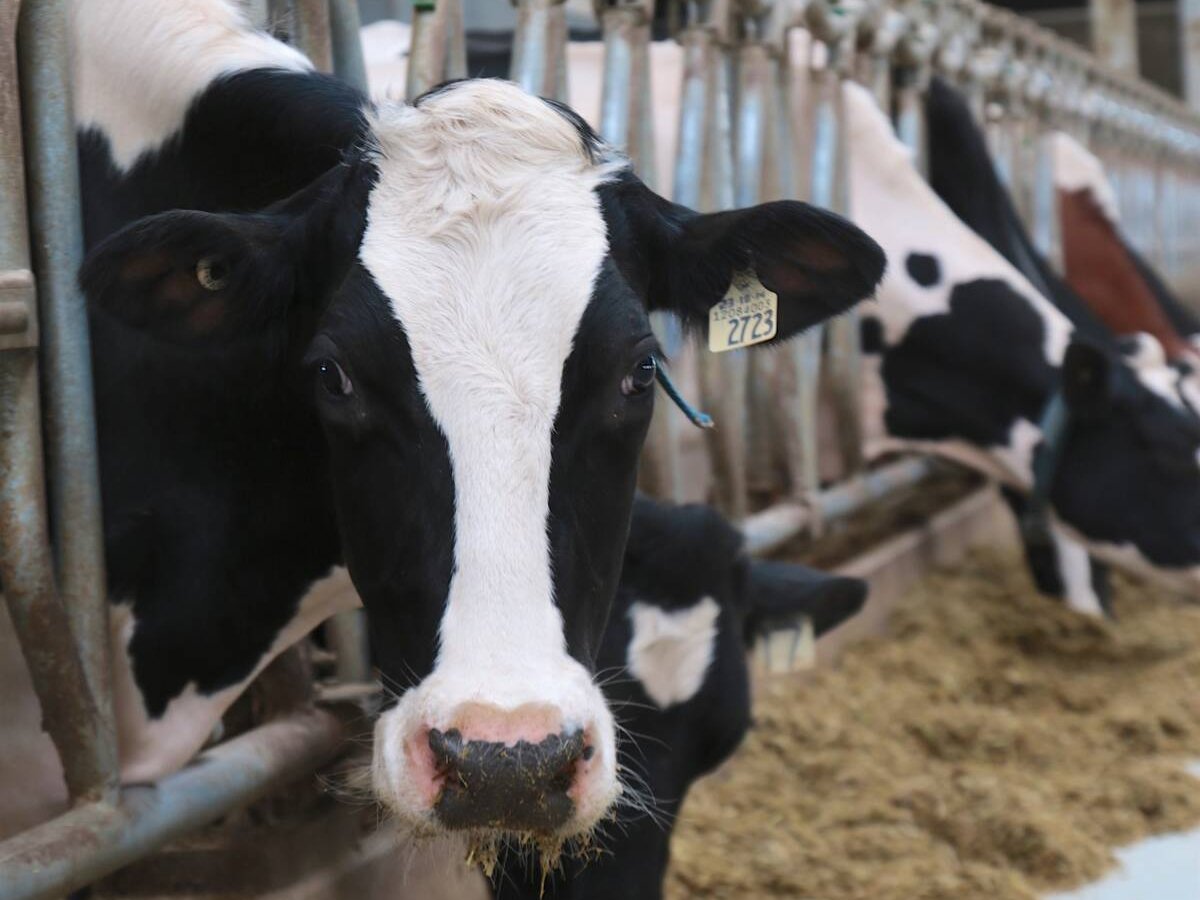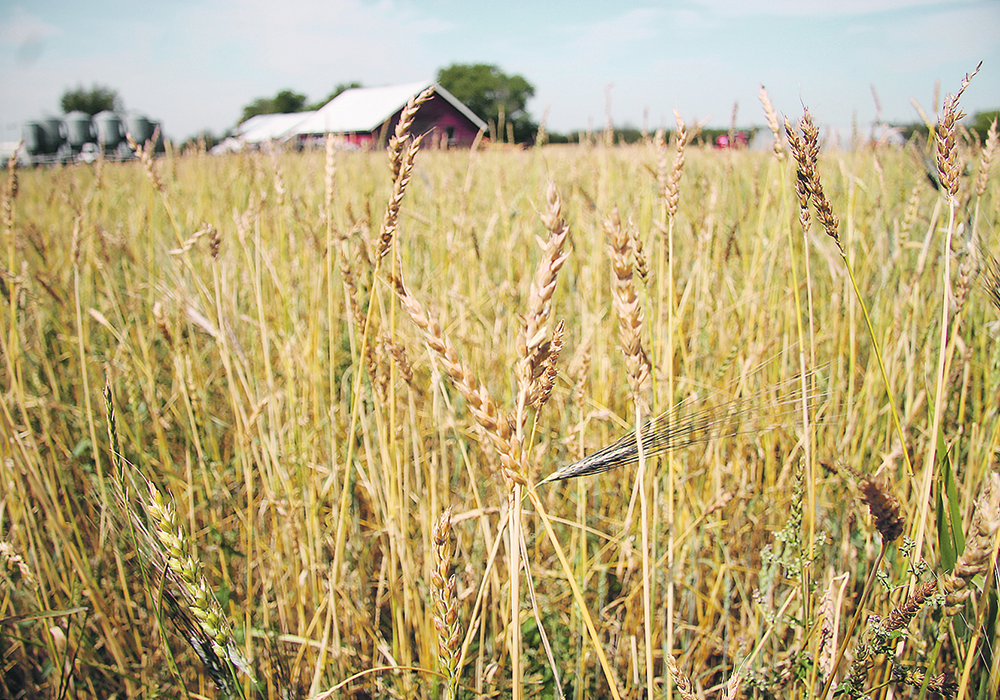Some varieties have fallen out of favour because they don’t fit modern food tastes, but others have simply been forgotten
Have you ever heard of a snow apple? How about red fife wheat? If not, you’re not alone. Welcome to the world of endangered seeds.
When it comes to seeds, many people are used to seeing common varieties like Lincoln peas or Scarlett runner beans in their little envelopes on display racks. These, and others like them, are considered “heirloom” seeds, which have marketplace histories stretching back at least 50 years.
There is, however, a different category, one that’s much harder to source but might hold the key to increasing biodiversity and supporting greater plant communities — endangered seeds.
Read Also

The Organization for Economic Co-operation and Development lauds Canada’s low farm subsidies, criticizes supply management
The Organization for Economic Co-operation and Development lauded Canada’s low farm subsidies, criticized supply management in its global survey of farm support programs.
“The biggest difference between endangered seeds and heirloom seeds,” says Brian Campbell from West Coast Seeds in British Columbia, “is that heirloom seeds are available commercially. Endangered seeds are not.”
Once a critical part of Indigenous and early settler gardens, endangered seeds have fallen out of favour, often for good reasons.
“Sometimes they’re just forgotten,” says Campbell. “Some are not very palatable — modern tastes have changed. Some of these plants are quite bitter-tasting and people don’t view them as favourably as they did in the past.”
In other cases, it’s not that the plant has been lost, but ways to prepare or preserve it are no longer part of the community knowledge.
“It can involve the processing as well,” he says. “Making it so you can eat it is really time consuming for the value you’ll get out of it.”
So why should gardeners care if some ancient apple or wheat varieties are no longer considered viable producers?
It comes down to resilience, says Campbell. Trends in modern seed development and collection have for years prioritized hybridization — pulling genetics from different plants to increase disease resistance, improve appearance or bump up production and then hewing as closely as possible to the new version. However, as Campbell points out, these hybrid plants are often not as resilient to climate change as the originals.
“These old varieties, their tolerances are broader — you’ll always get something,” he says. “Heritage and endangered plants may be a way forward for us (out of the) situation we’re in now.”
Red fife wheat is an endangered seed success story. According to Slow Food Canada, it was once a popular mainstay in fields across the country’s growing regions. Popular for its distinctive flavour, it was gradually hybridized with other wheat varieties to increase yields and improve disease resistance until all that remained of the original genus were a few samples in private collections and in Agriculture Canada’s seed bank.
Rediscovered in 1988, red fife is once again being grown coast-to-coast, proof of its exceptional adaptability to many different conditions.
This resilience makes endangered seed stocks worth saving, says Campbell. Noting that there were once hundreds of apple varieties grown in Canada, a quick perusal of grocery stores and even farmers markets will show just a tiny fraction of a fruit that once grew everywhere across the country.
Plowed under to make way for more commercial types or for land for expanding cities, Campbell notes that those orchards, once gone, are very hard to get back. Even the legendary McIntosh apple, considered Canada’s apple, is in decline, according to a 2020 Canadian Press report. Many consumers want newer, sweeter, crunchier apples, which are often cultivated overseas. As well, Canadian growers sought new apple varieties with more commercial promise than McIntosh.
“We simply have to pay a lot more attention to keeping these varieties alive,” says Campbell.
And while increasing the number of plants isn’t the same as increasing biodiversity, Campbell knows that for many growers, there is a deep regard for the past and the endangered and heirloom fruits and vegetables many Canadians remember.
“People want to reconstruct some of the things they’ve lost or were taken away,” he says. “It’s a more environmentally sound practice to grow plants that are adapted to the area where you live…. We want people to believe in hope. And act on that hope.”















